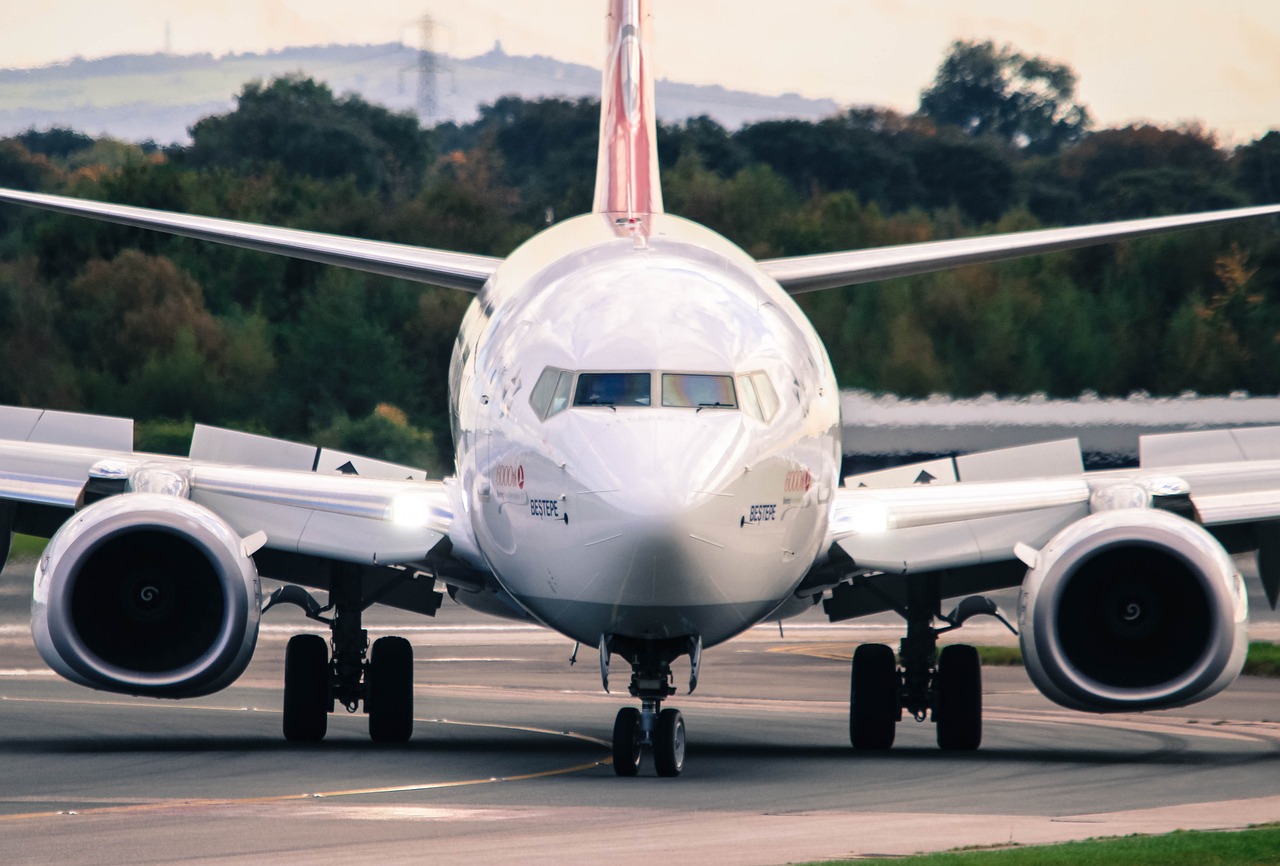Boeing, a major player in the aerospace industry, is once again under the spotlight for safety concerns following a recent incident involving an Alaska Airlines 737 Max 9. This comes four years after the tragic crashes of the 737 Max that claimed 346 lives and led to the appointment of Boeing’s current CEO, David Calhoun.
Boeing’s Safety Record in Question
Calhoun, upon taking the helm in 2020, acknowledged the need for improvement within the company. However, recent events, including the mid-air blowout of a plane door, have brought Boeing’s safety practices into question once again. The Federal Aviation Administration (FAA) is investigating potential lapses in ensuring the safe operation of Boeing’s aircraft, and increased oversight is on the horizon.
The Recent Incident
A chilling incident involving an Alaska Airlines 737 Max 9 saw an unused door detach from the plane shortly after takeoff. While no one was seriously injured, inspections have uncovered loose bolts and fixings on similar planes, raising concerns about the manufacturing process.
Root Causes of Concern
Beyond the recent incident, serious problems within the 737 Max have been brewing. Manufacturing defects, attributed in part to Boeing’s supplier, Spirit AeroSystems, have affected various components like the fuselage, tail, and rudder assembly. Spirit AeroSystems, accused of attempting to cover up defects, vehemently denies these allegations, emphasizing Boeing’s responsibility for quality assurance.
In-Service Malfunctions
Reports indicate that US carriers alone reported over 1,300 faults on 737 Max planes by September of the previous year. While some were minor, issues with critical systems like flight management computers and engines raised eyebrows. The Foundation for Aviation Safety, led by whistleblower Ed Pierson, points to production quality defects as a root cause.
Cultural Problems at Boeing
Experts, including former US Department of Transportation inspector general Mary Schiavo, highlight a fundamental cultural problem at Boeing. The company’s alleged lack of realization regarding its vulnerability to quality control issues jeopardizes safety globally. Despite Boeing’s repeated commitment to safety, concerns persist.
Boeing’s Pledge to Improve
David Calhoun, CEO for the past four years, acknowledges Boeing’s mistakes and vows to approach investigations with complete transparency. Boeing is committed to cooperating with regulators to implement necessary procedures and inspections to enhance the safety of its aircraft.
Past Incidents and Lack of Change
Boeing faced scrutiny after the 2018 and 2019 crashes involving the 737 Max. The company admitted misleading regulators but avoided prosecution by agreeing to significant fines and compensation. Relatives of those who lost their lives in the crashes believe little has changed at Boeing, emphasizing a continued corporate culture of delivering defective products.
Challenges Ahead for Boeing
As Boeing works to introduce new versions of the 737 Max, safety concerns may impact the company’s ability to secure exemptions from recent safety rules. The recent Alaska Airlines incident adds to the challenges faced by CEO David Calhoun, who is working to rebuild Boeing’s culture after years of mismanagement.
Conclusion
Boeing, once again under scrutiny for safety issues, faces a critical juncture in its commitment to improvement. The recent incident and ongoing concerns about manufacturing defects underscore the need for the aerospace giant to prioritize safety in its operations.
As the FAA investigation unfolds, the future of Boeing’s safety practices and the success of its new 737 Max models remain uncertain. Only time will tell if the changes initiated by CEO David Calhoun can truly make Boeing “better.”
